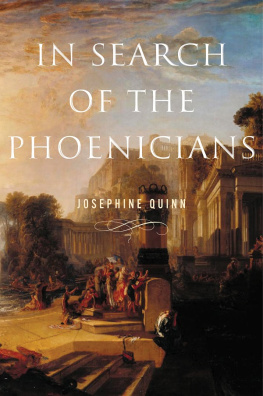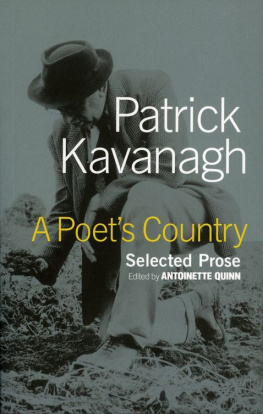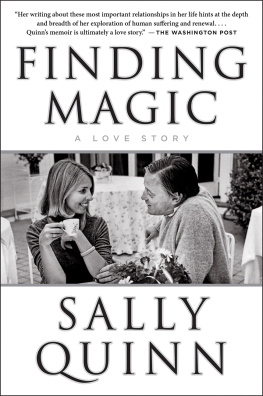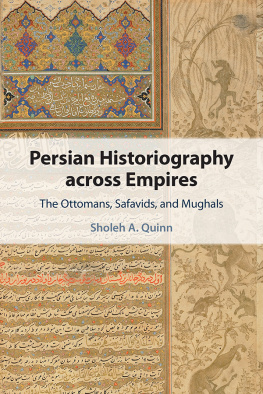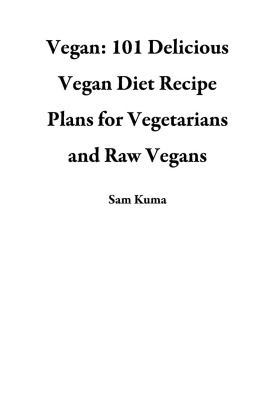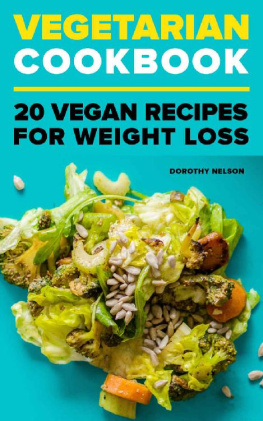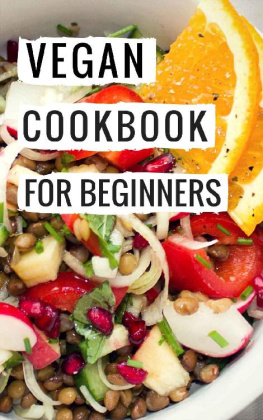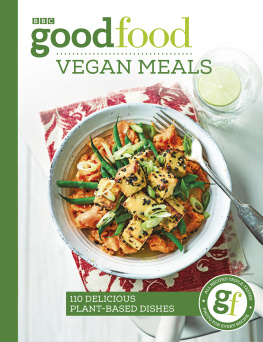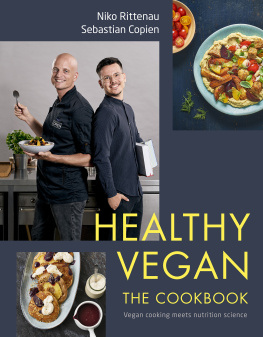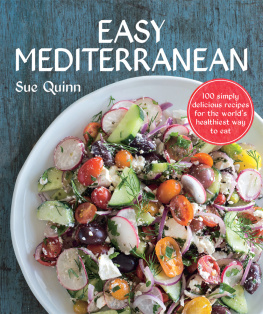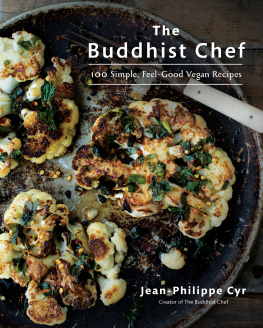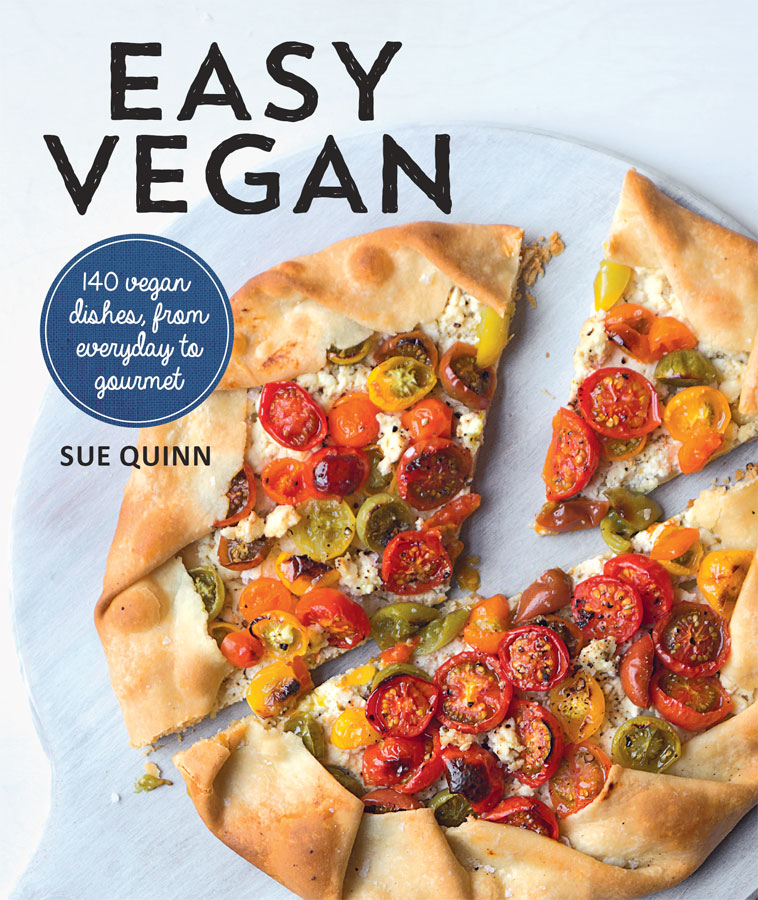introduction
+ + +
Why do growing numbers of people seem to be adopting a vegan diet? Some people are removing animal fat from their diet to reduce the risk of heart disease and for other health reasons, while others are approaching veganism from an animal welfare perspective. Eating less meat is also recognised as environmentally friendly because plant foods require less land and water to produce.
Whatever your motivations, moving to a plant-based diet requires a little planning, but it isnt the quantum leap into alien eating territory that many people think. Before I started writing this book, I feared that eating a vegan diet equated to deprivation. But once I began to explore plant-based recipes, I realised that its not about missing out at all.
The truth is that a lot of our eating patterns are based on habits that are as easy to give up as they were to pick up in the first place. Giving up meat, fish and other animal products might feel like a wrench to start with, but if you fully explore plant-based eating you could end up enjoying a more varied diet than you ever did before.
how to be vegan
+ + +
WHAT IS A VEGAN DIET?
A vegan diet is made up entirely of plant-based ingredients and excludes products derived from animals. It is based on:
+ NO MEAT, FISH OR ANIMAL PRODUCTS, SUCH AS ANIMAL FAT OR GELATINE
+ NO DAIRY PRODUCTS, SUCH AS COW OR GOATS MILK, CHEESE OR YOGHURT
+ NO EGGS
+ NO HONEY
How to begin?
Theres no best way to start a vegan diet. One option is to go straight in and eat an entirely plant-based diet from the start. Alternatively, ease into vegan eating by starting with one plant-based meal a day, or one plant-based eating day each week. Some people just like to eat vegan after 6 pm! Just choose the method thats right for you.
Whatever approach you take, life will be easier and tastier if you have the right ingredients on hand. Stock up on fresh fruit and vegetables, and choose your favourite items from the . Remember that if you pack your meals with flavour youre less likely to pine for animal products, so dont stint on herbs and spices.
Chances are that some of your favourite dishes are already plant-based or can easily be veganised, so focus on including these when planning your meals. Start swapping dairy milk for plant milk on cereal you really wont notice the difference after a day or two. Or grate vegan cheese onto your vegetable pasta dish instead of parmesan cheese. You might be surprised at how little you have to adapt some of the meals you already enjoy.
Eating right
A vegan diet is not automatically a healthy one. Chips (crisps) and sweets can be vegan, but a diet based on junk food obviously isnt nutritious. However, a well-planned vegan diet can contain all the elements of healthy eating.
Make sure you consume high-fibre, low-kilojoule foods such as fruit, vegetables, grains and legumes balanced with some high (good) fat foods such as oils, nuts, avocados and dried fruit. Eat lots of brightly coloured fruit and vegetables; less colourful bananas and potatoes are useful sources of protein but lack important nutrients. Also make sure there are plenty of starchy foods (potatoes, rice, grains, bread) and beans and pulses in the mix.
Carefully read the nutrition chart on the opposite page and factor in this information when planning your diet. If you remove animal products from your cooking it is crucial that you know how to obtain all the nutrients you need without them. In particular, vegans need to ensure they eat enough calcium, iron and vitamin B12. Pregnant women and nursing mothers should take specialist advice. Please note that the nutritional information applies to adults and not children.
vegan nutrition chart
RECOMMENDED DAILY
INTAKE FOR ADULT | SOURCES FOR VEGANS
(Source: Vegan Society UK) |
vitamin B12 | Varies from country to country, from 1.5 micrograms (UK) to 2.4 micrograms (AU) and 3 micrograms (US). | Dietary sources for vegans are limited. Cereals, nutritional yeast and soya drinks fortified with B12 are recommended. |
calcium | 700 micrograms | Foods providing 100 mg calcium:
133 g spring greens
67 g curly kale (boiled)
42 g almonds
217 g boiled chickpeas
33 g tofu (made with calcium sulphate)
83 g fortified soya milk
40 g figs |
vitamin D | 515 micrograms but varies from person to person. | Exposure to summer sunshine as well as fortified cereals, soya products and spreads. Winter supplements recommended. |
iron | 8.7 micrograms (men)
14.8 micrograms (women) | Foods providing 2 mg iron:
14 g pistachio nuts
32 g roasted cashew nuts
57 g lentils
95 g boiled chickpeas
19 g tahini
59 g dried apricots |
omega-3 | No official recommended daily allowance but a regular intake is acknowledged to help maintain a healthy heart. | Oils made from flaxseed (linseed), rapeseed and hemp seed. |
iodine | 140 micrograms | Seaweed is one of the best sources of iodine, but is highly variable in its content. Kelp is the best source. |
* UK Department of Healths Reference Nutrient Intake for adult men and women
** Nutrient Reference Values for Australia and New Zealand
protein content of food
+ + +
The following table shows the approximate protein content of various plant-based foods. The recommended daily protein intake is 45 g for women and 55 g for men and each balanced meal should contain 1 protein element.
For approximate comparative purposes, the table below and on the opposite page shows the protein content of 1 serving of sirloin steak.
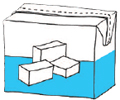 | + | 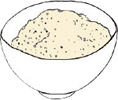 | = | 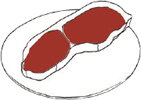 |
200 g (7 oz) | 200 g (7 oz/1 cup) | 1 serving (100 g/3 oz) |
tofu | cooked quinoa | sirloin steak |
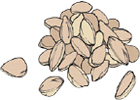 | + |  | = | 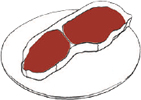 |
100 g (3 oz) | 100 g (3 oz) | 1 serving (100 g/3 oz) |


